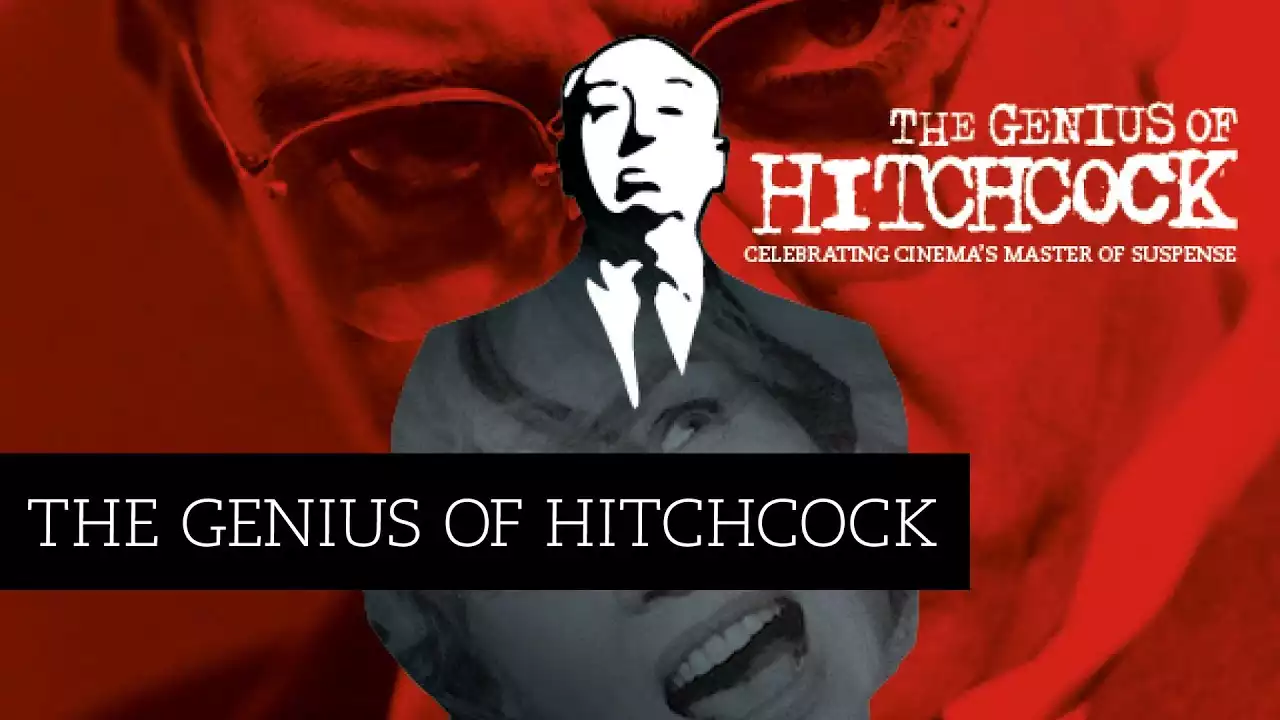With more than a hundred films to his name, Alfred Hitchcock remains one of the most influential film directors of all time. A constant perfectionist and visual storyteller, he is famous for his suspense thrillers that often feature innocent protagonists being menaced by sinister villains. His cinematic style was so distinctive that it has been labeled ‘the Hitchcock effect’. Alfred Hitchcock was born in 1899 in Leyton, Essex, England. After an unhappy childhood, he managed to gain entrance to the Dublin University School of Architecture after faking his age by two years and passing himself off as a young boy prodigy! He later moved to London where he began working as an assistant set designer for silent films before switching to the film production side and directing his first short film ‘The Pleasure Garden’ in 1925.
Change in pace and tone
Hitchcock’s films often begin with a slow, quiet, or dream-like pace, before shifting into an extremely fast-paced, tense, and dramatic conclusion. This sudden change in pace and tone is one of the most recognizable features of his work. In ‘The 39 Steps’, the pace is slow and dreamy during the first half of the film, during which the protagonist is fleeing from police after being accused of murder. However, the second half of the film is extremely fast-paced as the protagonist attempts to clear his name while simultaneously trying to evade the police. The suspense and tension in Hitchcock’s films often begin several scenes before the climax, with the antagonist first appearing and creating a source of fear for the protagonist(s). This can be seen in ‘The 39 Steps’, when a mysterious man first appears in the protagonist’s boarding house and follows him to work, in ‘North by Northwest, when a group of men is first seen spying on the protagonist, and in ‘The Birds’, when ominous crows first gather on telephone wires outside the protagonist’s house.
The Birds (1952)
First and foremost, the birds are a Hitchcockian motif. In many of the director’s movies, the birds represent the terror and chaos that accompany the outbreak of war. In ‘The Birds, the birds that attack the seaside California town are linked to the atomic bomb. In many of Hitchcock’s films, the birds are also a visual representation of the dark and mysterious forces that men cannot control or understand. The birds, in Hitchcock’s world, are like the evil monsters in fairy tales they are unexplained and beyond the control of men. The characters in ‘The Birds’ are victims of their fears and anxieties. They are people who repress their feelings, have no real feelings for anyone, and are too busy or too self-absorbed to notice or care about the changing world around them. The birds represent the dark and mysterious forces that will ultimately destroy these people.
Rear Window (1954)
‘Rear Window is a psychological thriller as opposed to a traditional suspense thriller, focusing on the character of L. B. Jefferies and his confinement to a wheelchair. The film begins with Jefferies’ rear window view of the world outside his apartment building and his fascination with the lives of people he can only see from the outside. The film is a study of the protagonist’s obsession that moves into deadly voyeurism. The film opens with Jefferies’ story of how he came to be confined to a wheelchair, his first-person narrative focusing on the suspicious actions of his neighbors. The voyeurism theme of the film is established very early in the film as Jefferies’ friends visit him and engage with his storytelling. The film is a study of the protagonist’s obsession that moves into deadly voyeurism. The film suggests that we are all voyeurs in some respects, and Jefferies’ story is a study of how dangerous passive voyeurism can become.
Psycho (1960)
Psycho is Hitchcock’s most macabre and disturbing film. The appearance of Norman Bates and his “mother” is one of the most famous scenes in all of film history. As the camera slowly moves up the stairs and into the room where Bates’ mother is sitting, Hitchcock builds tension and fear for the viewer. The viewer is put in the same position as the heroine when she enters the house and confronts Bates’ mother. Bates’ mother is one of the most famous evil characters in all of the film. She is a grotesque figure, but her actions are also insidious and evil. The film is also a critique of the American middle class and their attitudes towards sex and control of emotions. Norman Bates’ mental illness is a metaphor for the repression and control of feelings and emotions in the American middle class.
Conclusion
Hitchcock’s films are famous for their suspense and tense endings, in which the protagonist narrowly escapes danger and death through a mixture of good luck and quick thinking. Throughout his career, Hitchcock used the ‘MacGuffin’ device something that catalyzes the plot but has no real significance in the story itself. For example, the ‘map to buried treasure’ in ‘Treasure Island’ is simply a MacGuffin, as is the ‘microfilm’ in ‘North by Northwest and the ‘flight plans’ in ‘Sabotage’. Hitchcock relied on MacGuffins in his later films because he felt he didn’t have to worry about the plot since it would be forgotten by the audience once the film was over.


 Dub Music: An Immersive Journey into the Vibrant World of Reggae and Bass
Dub Music: An Immersive Journey into the Vibrant World of Reggae and Bass
 Choosing the Right Yogurt for Your Little One
Choosing the Right Yogurt for Your Little One Royal Caribbean and Eurovision Song Contest Join Forces in Spectacular Partnership
Royal Caribbean and Eurovision Song Contest Join Forces in Spectacular Partnership The Legend Director Stanley Kubrick
The Legend Director Stanley Kubrick Martin Scorsese one of the All-Time Best Directors
Martin Scorsese one of the All-Time Best Directors James Cameron Academy Award-Winning Director
James Cameron Academy Award-Winning Director Famous and Successful Movie Directors
Famous and Successful Movie Directors